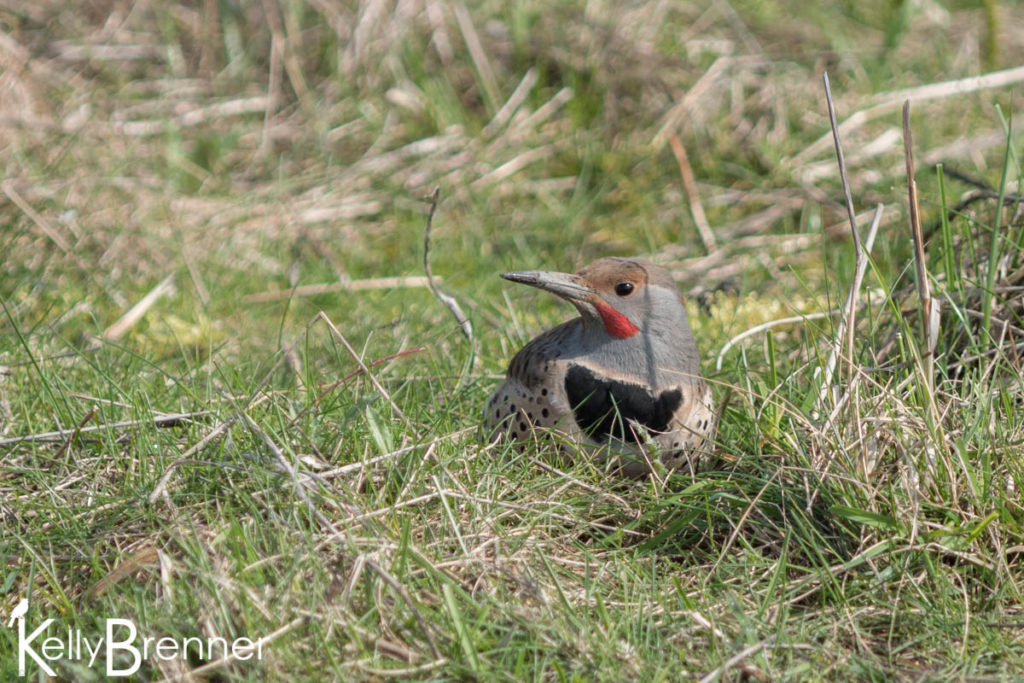What is Street Creatures? This is the game I run on Twitter every Friday. I’ve
collected all the past quizzes here in one place so you can either relive them, or play
them for the first time.
How does it work? Provided are four, seemingly unrelated clues, that are all
connected by a wild organism that can be found in a city. Look at the four clues,
do some research, and when you think you’ve figured it out, click on ‘Answer’
to reveal what connects the clues, and how they are connected.
Follow me on Twitter to play #StreetCreatures live every Friday at 9am PST.
Formicidae
Keystone
Wicka
Mustache
Northern Flicker (Colaptes auratus)

Formicidae:
While most woodpeckers forage in trees, especially snags, flickers tend to forage on the ground looking for ants, which make up the bulk of their diet, supplemented with ground beetles. I frequently see them on sidewalks.
Keystone:
Flickers, and all woodpeckers, are keystone species because the holes they make for their nests and use only once, are used by many other animals including flying squirrels, weasels, swifts, swallows, wrens and many owls.
Wicka:
Flickers have several calls including a ‘peah’ and a ‘whurdle’, but also a ‘wicka’ which is used for pair communication and in a courtship dance. Listen to the wicka call, and others.
Mustache:
Male and female flickers have one, notable difference, males have a mustache, or malar stripe. In the ‘Yellow-shafted’ subspecies it is black while in the ‘Red-shafted’ subspecies it’s red.


